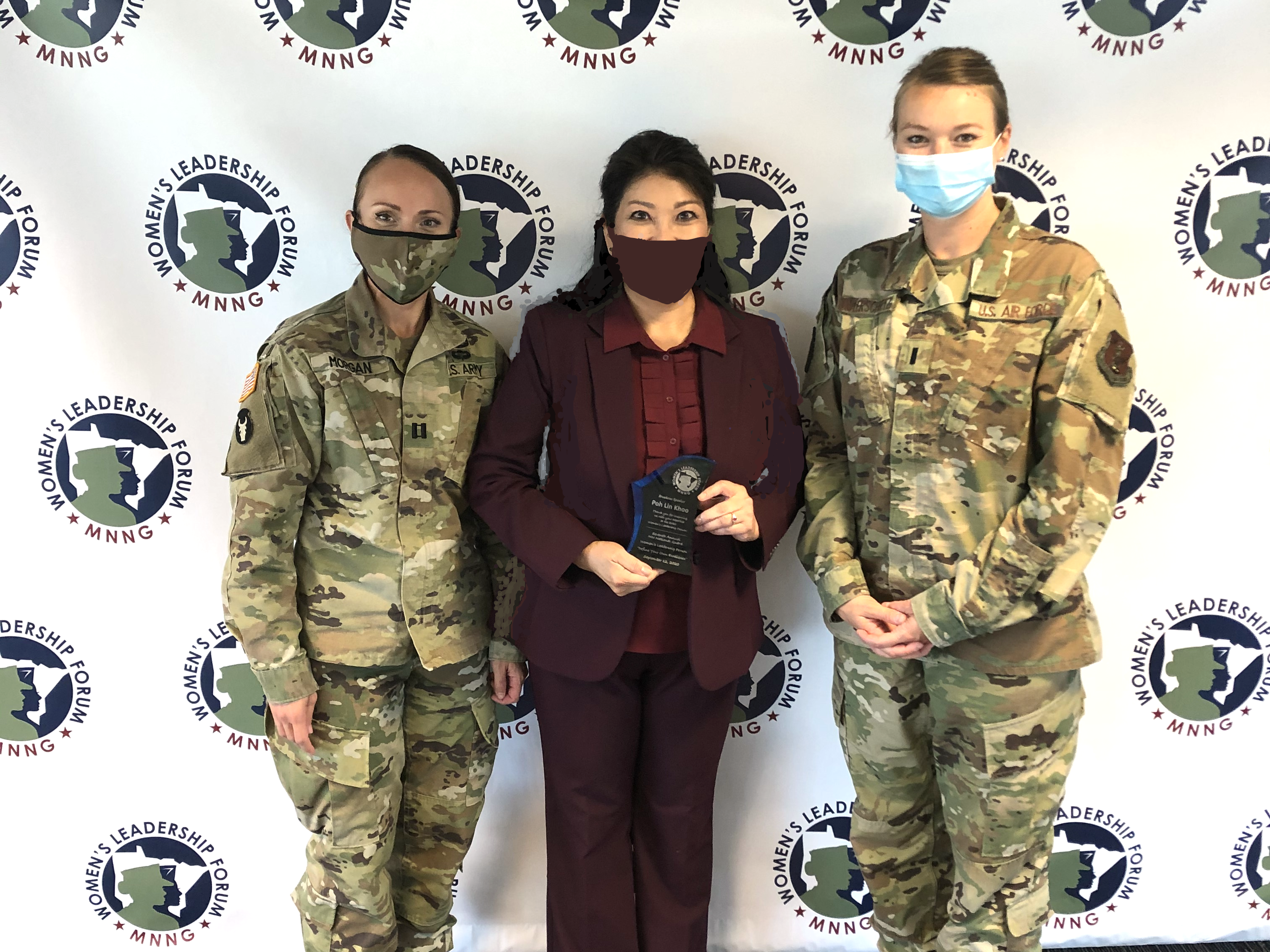I was overcome by a feeling of restlessness as I was driving through a small town in Wisconsin. Fear took over. My instinct told me to lock my doors and put on my sunglasses as I was approaching a stop sign, hoping to appear like a white person.
The safety of Black, Indigenous, People of Color (BIPOC) communities continue to be compromised. With the COVID-19 pandemic and the protests and unrest stemming from the murder of George Floyd, we are all now being exposed to the trauma within these communities and the disparities they face. The feeling of fear I experienced was overwhelming. Days before that day in Wisconsin I heard my mixed-race children discussing their fears of getting hurt because of their skin color. We debated about whether it would help us stay safe with self-defense training. We talked about learning how to handle guns. We talked about the plight of many immigrants and refugees who left their countries for a life free from violence, racism, discrimination, and hatred. We talked about the threat to many BIPOC lives in America today.
Diversity, Equity, and Inclusion, lately, seems to be a popular topic. Some organizations are mandating their employees go through anti-racism training so they can check the DEI box off as a completed activity. As if, anti-racism, implicit bias, and prejudice can be unlearned with a swift checkmark.
Many other organizations across the globe are looking inward to improve their culture of inclusivity. They are evaluating their policies, processes, and practices to identify and eliminate barriers that prevent BIPOC and marginalized communities from accessing resources and engaging in opportunities to grow, thrive, and lead. Leaders recognize by advocating for a culture of inclusivity — race, gender, age, ethnicity, religion, and more — they are building a healthy future for their employees, communities, businesses, and generations to come. They realize the work to end racism is hard and long. They are willing to invest in the hard work and engage in difficult conversations. They are not afraid to say they need to learn and learn to understand. They try to embrace differences and are willing to listen. They empower their employees to bring their authentic selves to the workplace. They are the Minnesota National Guard.
I was invited by the Minnesota National Guard to speak to their senior leaders at their August Minnesota State Joint Diversity Executive Council on The Courage to Overcome our Differences. I stayed for the entire meeting and learned about their efforts to build an inclusive culture. Their authenticity to create a positive culture of inclusivity shone through their willingness to learn and to provide platforms to facilitate active learning and listening. For example, their work includes undertaking a comprehensive evaluation and assessment of military policies, processes and practices to improve racial and gender diversity in their ranks.
Their model of inclusive practices includes an annual calendar filled with activities such as their annual Women Leadership Forum that addresses a variety of Diversity, Equity, and Inclusion topics. At their recent 7th Annual Women Leadership Forum on Defining Your Own Excellence, I was invited to speak and lead the breakout on Gender and Social Inclusion: Overcoming Biases to Build Trust and Authentic Relationships and Get a Seat at the Table.
In my moments of fear and anxiety, I will look at the coin that Brigadier General Sandy Best presented to me for my contributions to building an equitable community. I must give thanks to my allies who are standing up for inclusion. I will look inward and find my courage to drive forward with my authentic self.


Thanks for your courage in standing up for justice. You are a wonderful mentor and role model!
A great effort and contribution to building an inclusive society. It is a long journey with many challenges. God created humans in different colors and races inorder for us to know each other better. We are all decendents of Adam and Eve, we are cousins, brothers and sisters. Keep up the good job Poh Lin.
Thank you for presenting at our Women’s Leadership Forum. Your words and deeds are inspiring as we can continue to learn from one another. I stand with you Poh Lin.
Well done! You continue to help others across the state and nation with all that you do. You make a difference in the lives of many.